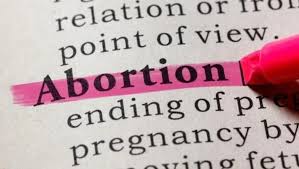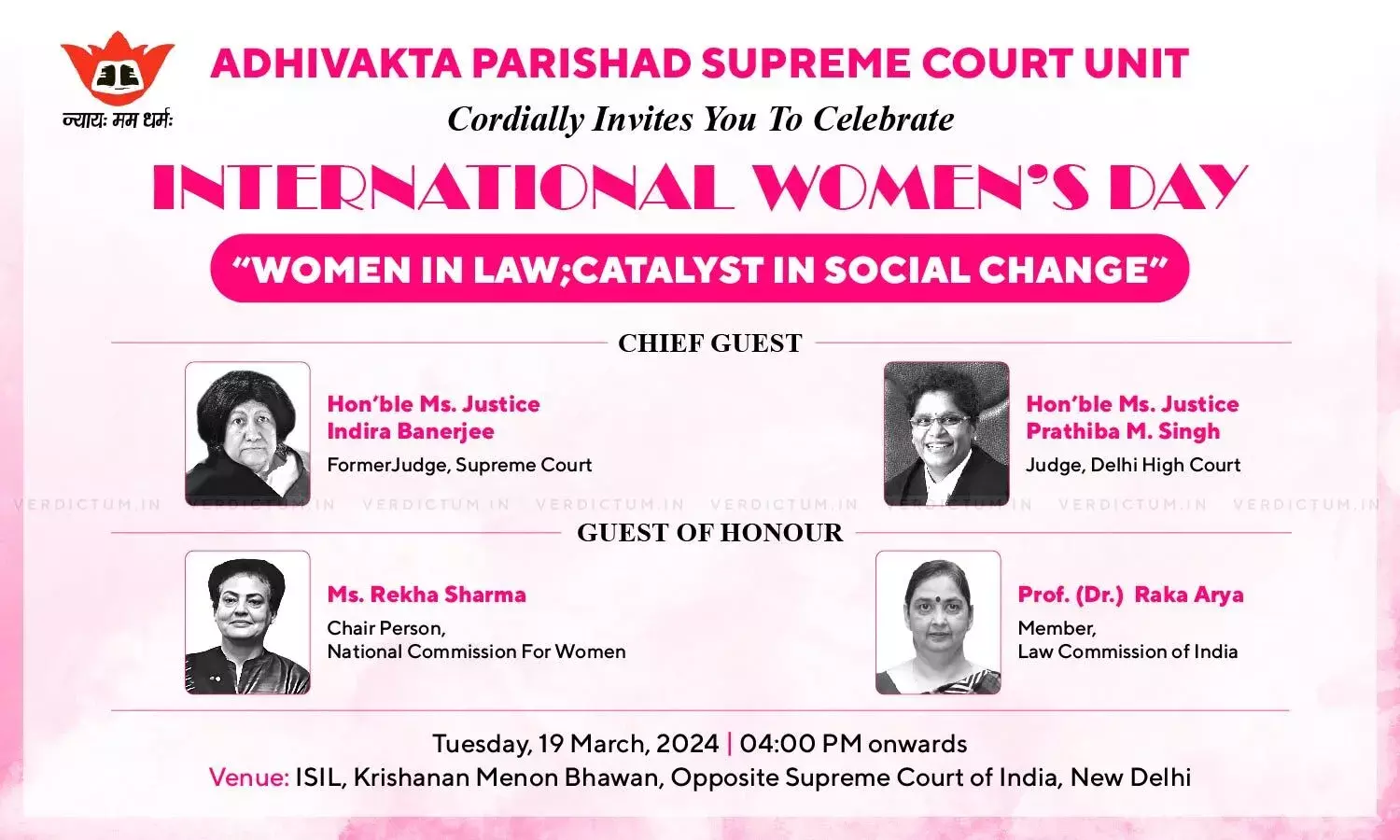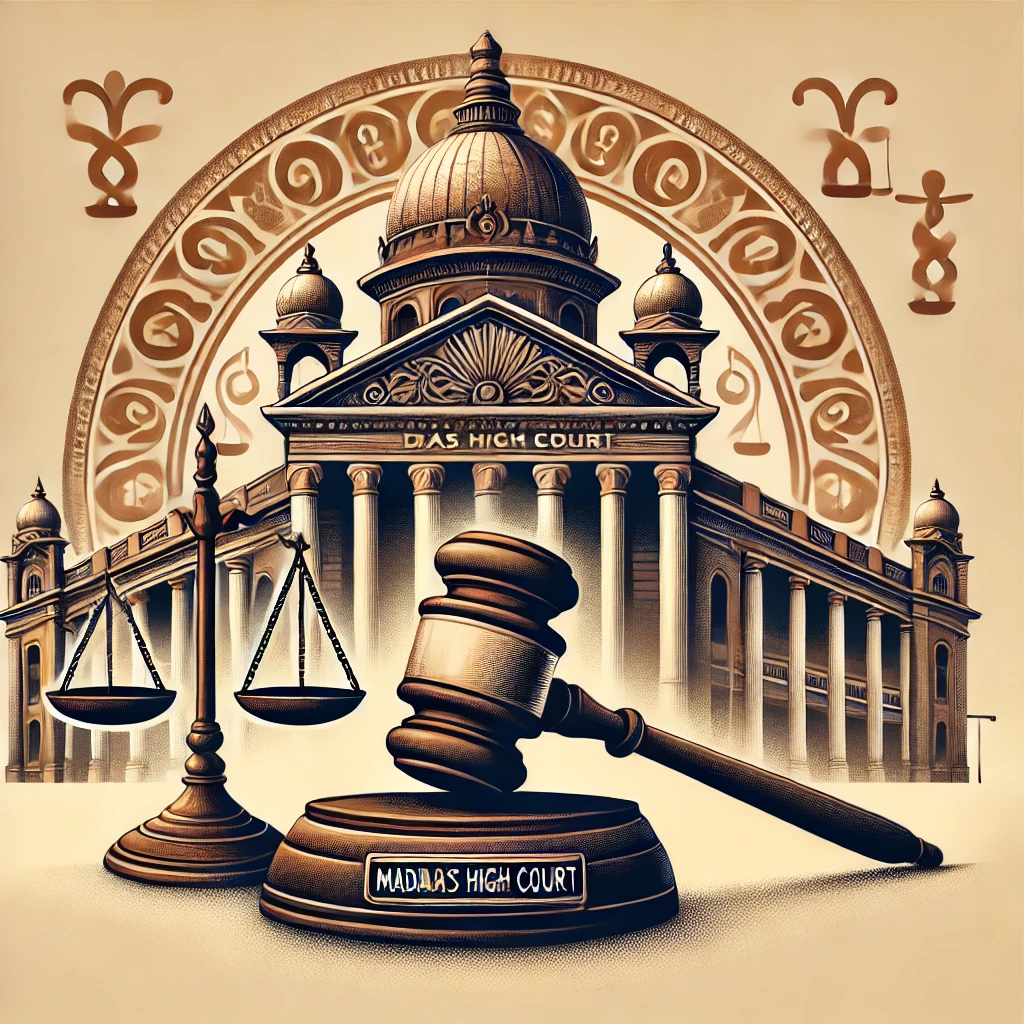Woman laws at Somalia
Here’s a structured and up-to-date overview of women’s legal rights and protections in Somalia, a country where statutory law intersects with customary (Xeer) and Sharia law, creating a complex legal landscape. Despite constitutional recognition of gender equality, implementation and enforcement remain fragmented.
1. Legal Foundations & Justice Systems
Provisional Constitution (2012) guarantees equality for all citizens regardless of gender. It also explicitly prohibits female genital mutilation (FGM) as a degrading practice. However, abortion is constitutionally banned, permitted only to save the mother’s life or in cases of necessity under Sharia interpretations.
Somalia’s legal system combines:
Statutory law (Civil law legacy, Penal Code),
Sharia law, and
Customary law (Xeer)—typically enforced by male clan elders, often excluding women’s voices.
2. Gender-Based Violence (GBV) & Sexual Offenses
No federal law on domestic or sexual violence currently exists, though rape is punishable by 5 to 15 years under the outdated Penal Code.
A Sexual Offences Bill was proposed in 2018 but remains pending. A 2020 draft (“Sexual Intercourse Related Crimes Bill”) actually drew criticism for failing to protect victims and permitting child marriage.
Some federal states have reactive measures:
Puntland’s Sexual Offences Law (2016) and Somaliland’s version (2018) exist nominally but lack proper implementation.
Access to justice is severely limited:
Cases are often handled via Xeer, which commonly forces rape survivors to marry their attackers or settle disputes with compensation (“diya”).
Rural women must rely on male relatives or elders to represent them. True autonomy is rare.
FGM prevalence is among the highest globally, affecting over 99% of women aged 15–49. Though constitutionally banned, national enforcement is weak. Recently, Galmudug region passed legislation outlawing all forms of FGM, a rare step forward.
Child and forced marriage remains prevalent (~36% marry before age 18), with no federal minimum age defined.
3. Reproductive Rights
Abortion is illegal except to save the mother’s life or in “necessity,” as per Sharia law. Despite this, unsafe abortions are common, contributing to high maternal mortality.(Wikipedia)
4. Political & Institutional Representation
Women hold around 20–21% of parliamentary seats, despite a 30% quota commitment
A 2019 Women’s Charter called for full inclusion of women across politics, civil service, and security—aiming for 50% representation—but remains aspirational.
Constitutional review efforts (2024) include advocacy to codify a 30% women’s representation quota across government and judicial branches.
5. Access to Justice & NGO Support
Legal aid is scarce, but NGOs fill critical gaps:
Puntland Women Lawyers Association (PUWLA) provides free legal services for GBV and abuse cases.
Somaliland Women Lawyers Association (SWLA) operates a legal helpdesk aiding survivors through Somalia’s complex justice systems.
The UNDP supports:
Alternative Dispute Resolution centers, mobile courts, help desks, and awareness campaigns to empower women in accessing justice.
6. Challenges & Cultural Barriers
Traditional norms, high gender-based stigma, and insecurity hinder women’s access to courts and legal support.
Femicide and domestic violence, like the killings that sparked protests, frequently occur with no legal recourse.
Summary Table
| Domain | Status in Somalia |
|---|---|
| Legal Equality | Constitutional equality exists; multiple legal systems complicate enforcement |
| Gender-Based Violence | No federal GBV law; some regional laws weakly implemented |
| FGM & Child Marriage | FGM nearly universal; child marriage prevalent; weak enforcement |
| Reproductive Rights | Abortion highly restricted; unsafe practices persist |
| Political Representation | Women hold ~20% of seats; quota and charter goals unmet |
| Justice & Legal Aid | NGOs partially fill gaps; formal justice system inaccessible |
| Cultural Barriers | Xeer and patriarchal norms limit women’s agency and access |
Final Thoughts
Somalia’s legal protections for women exist more in concept than reality. Deep-seated cultural norms, fragmented governance, and insecure conditions undermine enforcement. Nonetheless, progress is visible through grassroots efforts, regional legal reforms, NGO advocacy, and ongoing constitutional reviews.
















0 comments